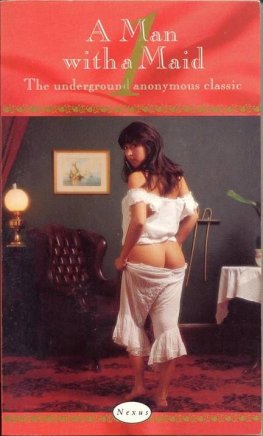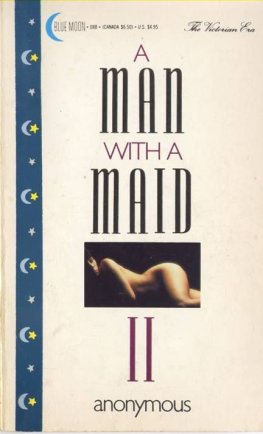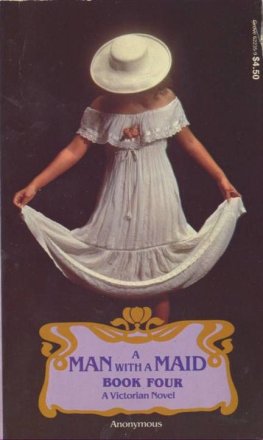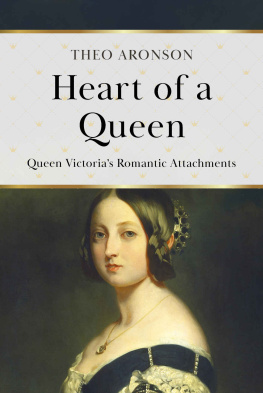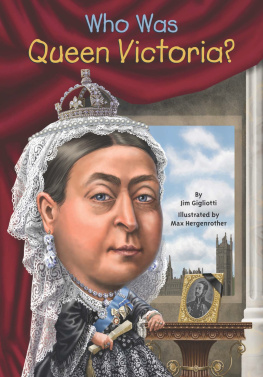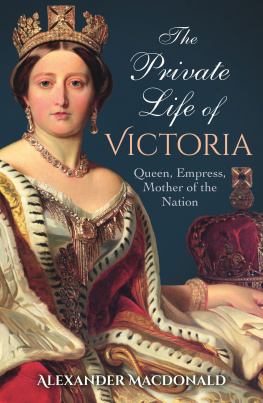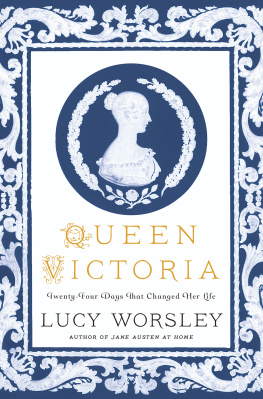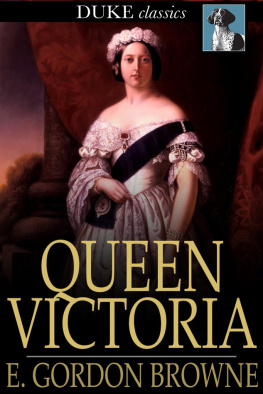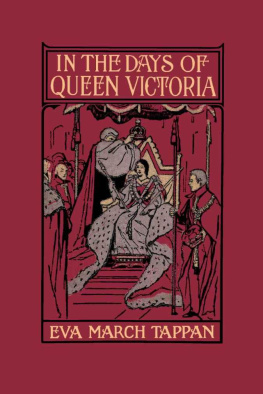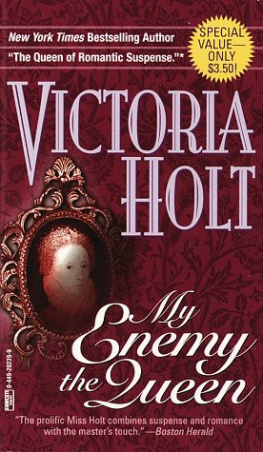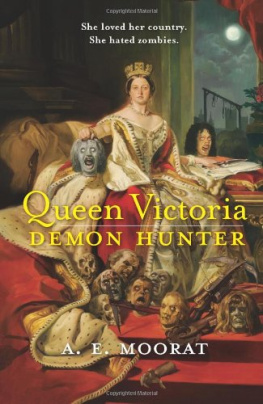QUEEN VICTORIA
STORY OF HER LIFE AND REIGN
1819-1901
[ILLUSTRATION: QUEEN VICTORIA. (From a Photograph by Russell & Son.)]
'Her court was pure, her life serene;
God gave her peace; her land reposed;
A thousand claims to reverence closed
In her as Mother, Wife, and Queen.'
TENNYSON.
'God bless the Queen for all her unwearied goodness! I admire her as a woman, love her as a friend, and reverence her as a Queen. Her courage, patience, and endurance are marvellous to me.'
NORMAN MACLEOD.
'A Prince indeed,
Beyond all titles, and a household name,
Hereafter, through all time, Albert the Good.'
TENNYSON.
PREFACE.
This brief life of Queen Victoria gives the salient features of her reign, including the domestic and public life, with a glance at the wonderful history and progress of our country during the past half-century. In the space at command it has been impossible to give extended treatment. The history is necessarily very brief, as also the account of the public and private life, yet it is believed no really important feature of her life and reign has been omitted.
It is a duty, incumbent on old and young alike, as well as a pleasing privilege, to mark how freedom has slowly 'broadened down, from precedent to precedent,' and how knowledge, wealth, and well-being are more widely distributed to-day than at any former period of our history. And this knowledge can only increase the gratitude of the reader for the golden reign of Queen Victoria, of whom it has been truly written:
A thousand claims to reverence closed
In her as Mother, Wife, and Queen.
CONTENTS.
CHAPTER I.Reign of Queen VictoriaOutlook of Royalty in 1819Duke and Duchess of KentBirth of VictoriaAnecdotes.
CHAPTER II.First Meeting with Prince AlbertDeath of William IV.Accession of Queen VictoriaFirst Speech from the ThroneCoronationLife at WindsorPersonal AppearanceBetrothal to Prince AlbertIncome from the Country.
CHAPTER III.MarriageFamily HabitsBirth of Princess RoyalQueen's Views of Religious TrainingOsborne and BalmoralDeath of the Duke of Wellington.
CHAPTER IV.Chief Public Events, 1837-49Rebellion in CanadaOpium War with ChinaWars in North-west IndiaPenny PostageRepeal of the Corn-lawsPotato FamineFree Trade-Chartism.
CHAPTER V.The Crimean War, 1854-55Interest of the Queen and Prince Consort in the suffering SoldiersFlorence NightingaleDistribution of Victoria Crosses by the Queen.
CHAPTER VI.The Indian Mutiny, 1857-58The Queen's Letter to Lord Canning.
CHAPTER VII.Marriage of the Princess RoyalTwenty-first Anniversary of Wedding-dayDeath of the Prince-Consort.
CHAPTER VIII.Death of Princess AliceIllness of Prince of WalesThe Family of the QueenOpening of Indian Exhibition and Imperial InstituteJubileeDeath of Duke of ClarenceMarriage of Princess May.
CHAPTER IX.The Queen as an Artist and AuthorIn her Holiday HauntsNorman MacleodLetter to Mr PeabodyThe Queen's Drawing-roomHer pet AnimalsA Model MistressDiamond JubileeDeath of the Queen.
CHAPTER X.Summary of Public Events and Progress of the Nation.
CHAPTER I.
Reign of Queen VictoriaOutlook of Royalty in 1819Duke and Duchess of
KentBirth of VictoriaWisely trained by Duchess of KentTaught by
Frulein LehzenAnecdotes of this PeriodDiscovers that she is next to
the Throne.
The reign of Queen Victoria may be aptly described as a period of progress in all that related to the well-being of the subjects of her vast empire. In every department of science, literature, politics, and the practical life of the nation, there has been steady improvement and progress. Our ships circumnavigate the globe and do the chief carrying trade of the world. The locomotive binds industrial centres, and abridges time and space as it speeds along its iron pathway; whilst steam-power does the work of thousands of hands in our large factories. The telegraph links us to our colonies, and to the various nationalities of the world, in commerce and in closer sympathy; and never was the hand and heart of Benevolence busier than in this later period of the nineteenth century. Our colonial empire has shared also in the welfare and progress of the mother-country.
When we come to look into the lives of the Queen and Prince-Consort, we are thankful for all they have been and done. The wider our survey of history, and the more we know of other rulers and courts, the more thankful we shall be that they have been a guiding and balancing power, allied to all that was progressive, noble, and true, and for the benefit of the vast empire over which Her Majesty reigns. And the personal example has been no less valuable in
Wearing the white flower of a blameless life,
Before a thousand peering littlenesses,
In that fierce light which heats upon a throne,
And blackens every blot.
In the year 1819 the family outlook of the British royal house was not a very bright one. The old king, George III., was lingering on in deep seclusion, a very pathetic figure, blind and imbecile. His son the Prince Regent, afterwards George IV., had not done honour to his position, nor brought happiness to any connected with him. Most of the other princes were elderly men and childless; and the Prince-Regent's only daughter, the Princess Charlotte, on whom the hopes of the nation had rested, and whose marriage had raised those hopes to enthusiasm, was newly laid in her premature grave.
But almost immediately after Princess Charlotte's death, the king's third and fourth sons, the Dukes of Clarence and Kent, had married. Of the Duke of Clarence we need say little more. He and his consort eventually reigned as William IV. and Queen Adelaide, and they had two children who died in earliest infancy, and did not further complicate the succession to the crown.
The Duke of Kent, born in 1767, fourth son of George III.a tall, stately man, of soldierly hearing, inclined to corpulency and entirely baldmarried the widowed Princess of Leiningen, already the mother of a son and a daughter by her first husband. The duke was of active, busy habits; and he was patron of many charitable institutionshe presided over no less than seventy-two charity meetings in 1816. Baron Stockmar describes the Princess of Leiningen after her marriage in 1818, as 'of middle height, rather large, but with a good figure, with fine brown eyes and hair, fresh and youthful, naturally cheerful and friendly; altogether most charming and attractive. She was fond of dress, and dressed well and in good taste. Nature had endowed her with warm feelings, and she was naturally truthful, affectionate, and unselfish, full of sympathy, and generous.' The princely pair lived in Germany until the birth of a child was expected, when the duke at first thought of taking a house in Lanarkshirewhich would have made Queen Victoria by birth a Scotchwoman. Eventually, the Duke and Duchess of Kent took up their abode in Kensington Palace.
On the 24th May 1819, their daughter was born, and she was named Alexandrina Victoria, after the reigning Emperor of Russia and her mother. The Prince Regent had wished the name of Georgiana; her own father wished to call her Elizabeth. The little one was the first of the British royal house to receive the benefits of Jenner's discovery of vaccination. The Duke of Kent was so careful of his little girl that he took a cottage at Sidmouth to escape the London winter. To a friend he wrote: 'My little girl thrives under the influence of a Devonshire climate, and is, I am delighted to say, strong and healthy; too healthy, I fear, in the opinion of some members of my family, by whom she is regarded as an intruder.' Next winter the Duke came in one day, after tramping through rain and snow, and played with his little child while in his damp clothes; he thus contracted a chill from which he never rallied, and died January 23, 1820.



